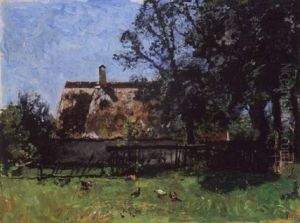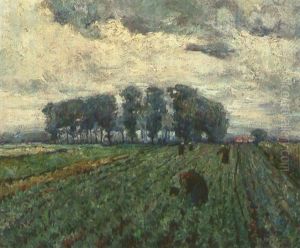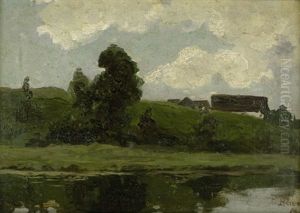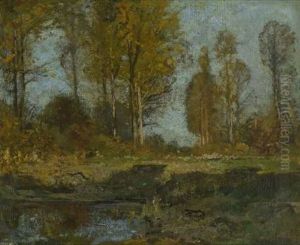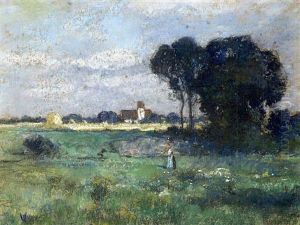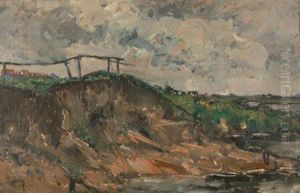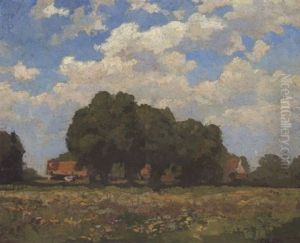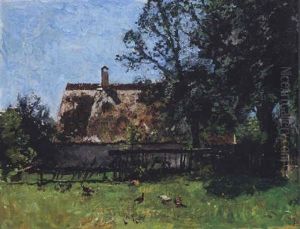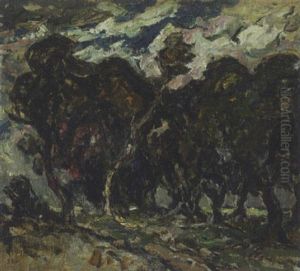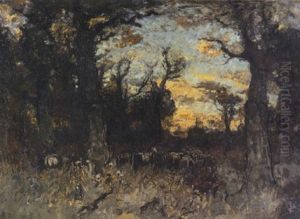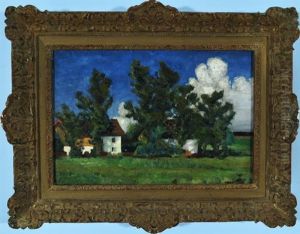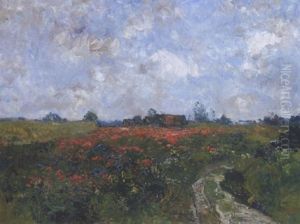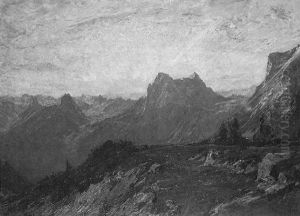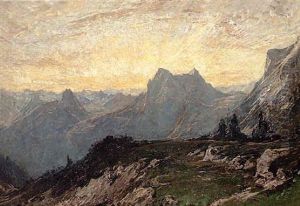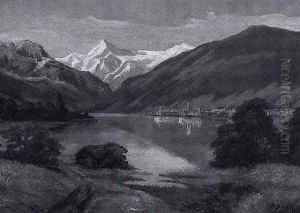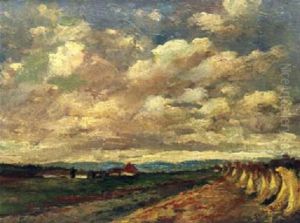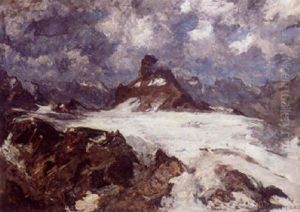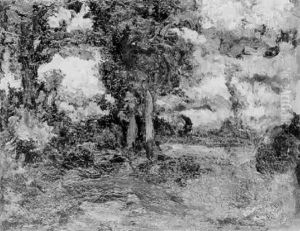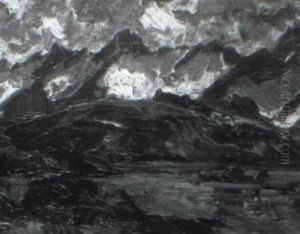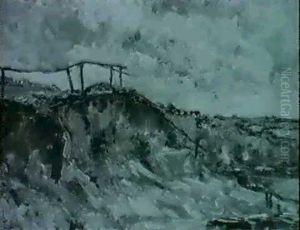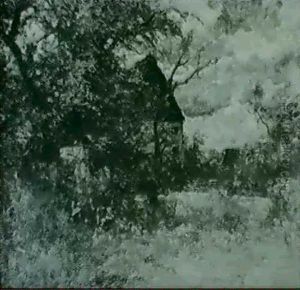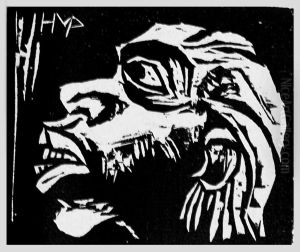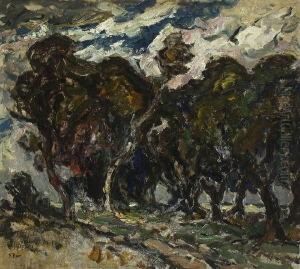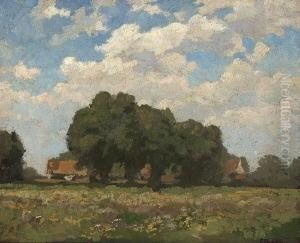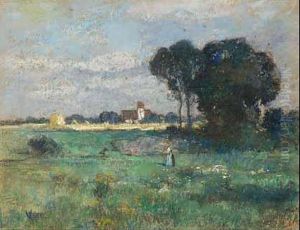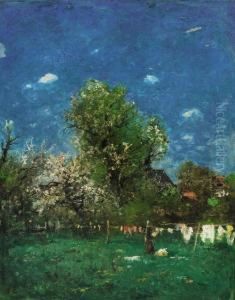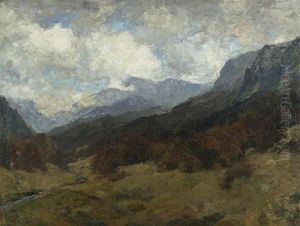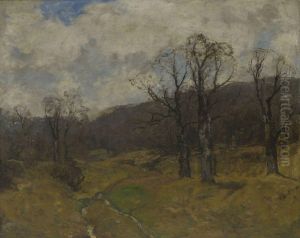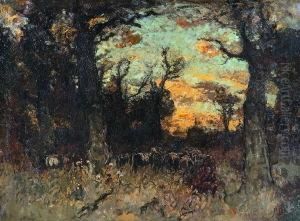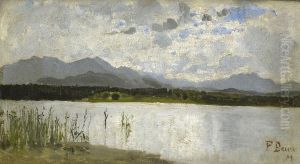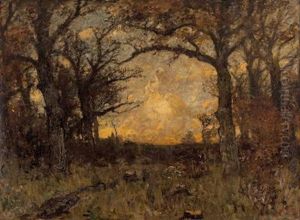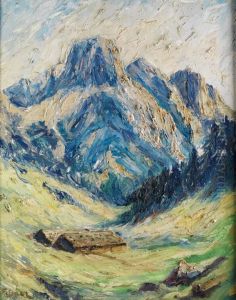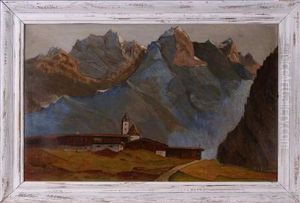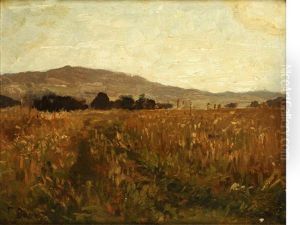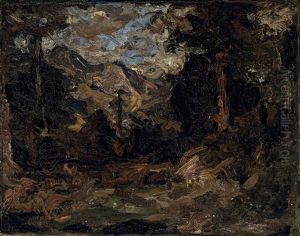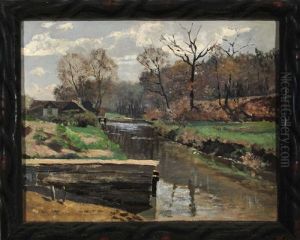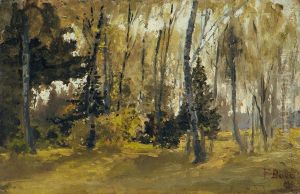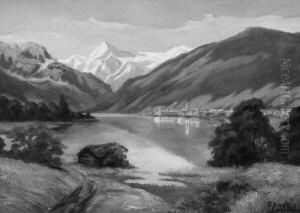Fritz Baer Paintings
Fritz Baer was a lesser-known Swiss artist whose contributions to the art world, though not as widely recognized as those of his contemporaries, hold a unique place in the early 20th century European art scene. Born in 1893 in Switzerland, Baer's early life set the stage for a career that would span several decades, during which he explored various forms of artistic expression.
Baer's education and early career were deeply influenced by the broader movements of his time, including Impressionism and the burgeoning Modernist movement. He studied at various prestigious art schools across Europe, where he honed his skills in painting and sculpture. His style, characterized by a bold use of color and innovative compositions, reflected the dynamic changes happening in art during his formative years.
Throughout the 1920s and 1930s, Fritz Baer's work began to gain attention. He participated in numerous exhibitions, both solo and group, showcasing his versatility as an artist. His subjects varied widely, from landscapes and still lifes to portraits and abstract compositions. Baer's ability to shift between different styles and subjects demonstrated his deep understanding of artistic principles and his desire to experiment and push boundaries.
However, like many artists of his era, Baer's career was inevitably impacted by the World Wars. The political and social upheaval of the time influenced his work, introducing darker themes and a more somber palette. Despite these challenges, Baer continued to produce work that engaged with the contemporary issues of his time, earning him a place among the thoughtful observers of 20th-century turmoil.
After World War II, Fritz Baer's work took a more introspective turn. He became increasingly interested in exploring the emotional and psychological dimensions of art. This period of his career was marked by a focus on more personal and introspective subjects, reflecting a broader shift in the art world towards existentialism and abstraction.
Fritz Baer passed away in 1982, leaving behind a diverse body of work that, while not as celebrated as that of some of his peers, offers a unique insight into the evolution of European art across the 20th century. His contributions to the art world are a testament to the rich tapestry of ideas, styles, and expressions that characterized the era in which he lived and worked.
